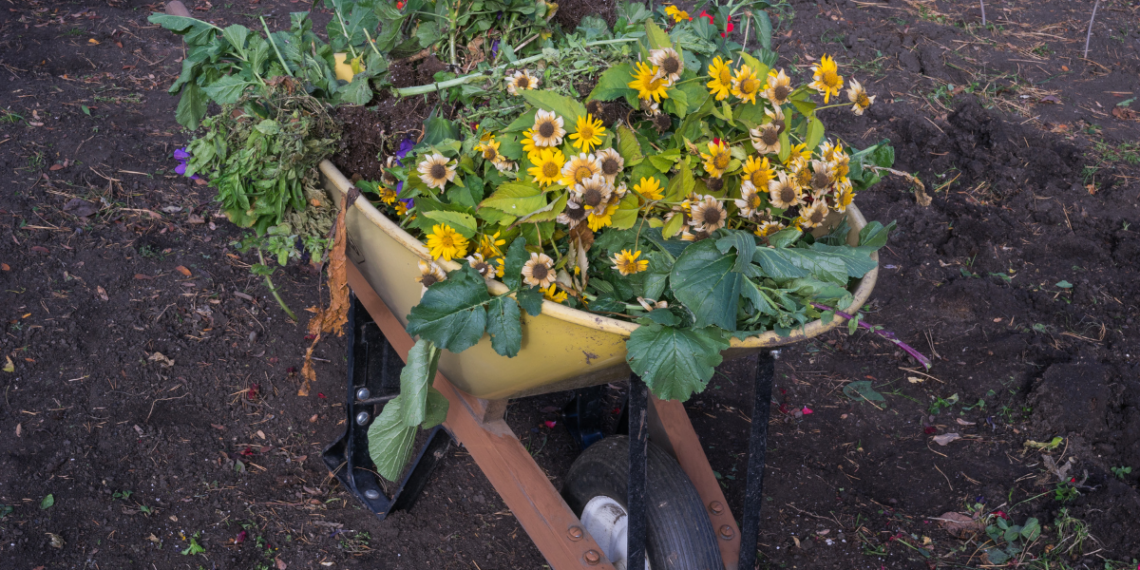The 3 Most Common Fall Gardening Mistakes

One of the best ways to be sure to have a great garden next year is to avoid making fall gardening mistakes now!
Many look at fall as a time to shut the garden down. In reality, its actually the time to set the stage for a great garden next season. In fact, what you do now will make all the difference to the fertility and productivity of your plants next spring and summer.
Let’s take a look at the 3 most common fall gardening mistakes made by gardeners, and how to avoid them.
The 3 Most Common Fall Gardening Mistakes
1. Keeping Plants In The Garden Past Their Prime
As plants start to wither and die off, remove them immediately from the garden, roots and all. Don’t make the mistake of waiting until the very end of the year to take them all out at once.
Keeping plants in the garden past their prime will cause a whole host of short and long-term problems.

As plants begin to die off or fade, so does their resistance to disease. Withering vegetable plants can become a magnet for mold, fungus and disease to take hold. Disease that can then stay in the soil to be transferred to next years plants.
Decaying plants can also become host to all types of not-so-beneficial insects. Garden pests will easily take up residence in rotting stems, leaves and roots.
Many lay their larvae in soil around these host plants. That sets the stage for an insect feast the next year.
Last, old fruit left on plants will begin to drop seeds from their cores as they decay. These seeds can become a nightmare next year as they pop up. They have essentially become weeds, competing for the resources of your newly planted veggies.
2. Leaving Soil Bare – Mulch and Plant Cover Crops
This actually goes hand in hand with the first point. As you take plants out, don’t leave the soil behind bare!
Bare soil is an open invitation to weeds gaining a foothold in your garden!
Your best bet is to plant a cover crop immediately in the rows where plants have been removed. Gently rake the soil and then seed with a cover crop variety such as annual rye.
To complete, place down a thin 1/2″ layer of straw as a mulch. That will help keep weeds out and moisture in to the newly planted seed until it sprouts.
You should never wait for the entire garden to be clear of plants before seeding. If a second crop is not going in the space, start by planting those rows in a cover crop as soon as they finish.
Another added benefit is that this simple process helps you to stay ahead of garden chores, and keeps the garden neat and tidy all fall.
3. Clear, Clean And Disinfect Stakes, Cages, Trellises and Tools
This is a big one when it comes to fall gardening mistakes.
Don’t let those tomato cages and trellises sit in the garden all fall and winter! As soon as the plants are pulled, pull them up, clean them off, disinfect and store.
It is so easy for plant disease to transfer from year to year, especially on stakes and cages. Take a simple homemade solution of a 1/2 cup of bleach with a gallon of water and wipe them down before storing.
Storing them early also helps preserve your trellises and stakes longer. The more they weather, the faster they break down. And they are certainly not cheap to replace!
While you are at it – clean off those garden tools with the same disinfecting routine.
Garden tools are one of the easiest ways to transfer disease. The most important to disinfect regularly – pruners! They are cutting into different plants, so be sure to keep them clean.
Source: oldworldgardenfarms.com


